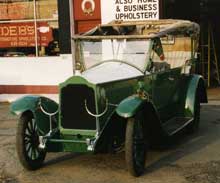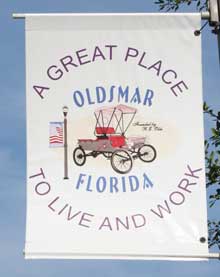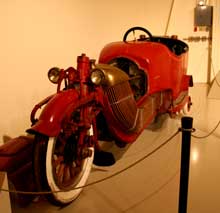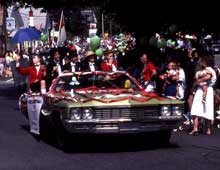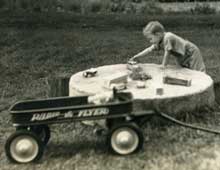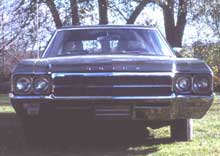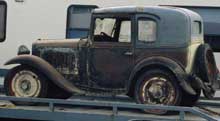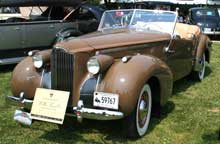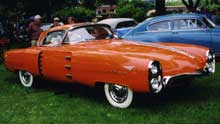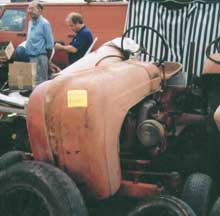A couple of years ago I spent an afternoon with Johnny Pascucci of Johnny P’s Classic Cars. What started out as a photo shoot of a DeSoto he was selling turned into an automotive odyssey in his part of central Connecticut. One of the cars he showed me was this 1922-24 Packard Single Six touring car, which was getting new upholstery and a new top at a trim shop near Johnny’s business.
At first glance it looks like a quality restoration of a well-cared-for car. Looking a little deeper, though, we came upon this shocker. Where the Packard’s single six used to be was a 5-liter Ford small block V8. The V8’s torque was amply converted with a C6 transmission, the engine monitored with Stewart Warner gauges, and a modern stereo was thrown in for good measure.
I’m not a real fan of rods and customs. That phase of my enthusiasm peaked when I was about 12, but I still respect the craftsmanship and engineering that goes into modified cars. But this Packard was no ordinary rod. Most rods use a modern drive train from engine to wheel. There’s a reason for that. Today’s engines are made to operate with certain gear ratios, and the power of modern engines is best handled by up-to-date axles, wheels and tires.
How will this 302 operate, I wonder, with the standard Packard axle, a rear end with a ratio probably around 5 to 1? And how well will the narrow tires put that torque to the ground, even if the wood artillery wheels can get it to the tires? And what’s going to stop this car? There are no front brakes, and the rears are typical 1920s external-contracting shoes (okay, that’s not a Packard brake, it’s on a Hudson, but you get the idea). In 30 years of driving Angus the Hudson I’ve learned that stopping is a privilege, not a right.
Perhaps the owner just wanted a no fuss, stock-looking antique car with an automatic transmission. Then wouldn’t a Pinto drive train, like that used in the Shay Model A Fords, be just the ticket? Probably we’ll never know unless someone’s seen this green Packard driving around in the middle of Connecticut.

